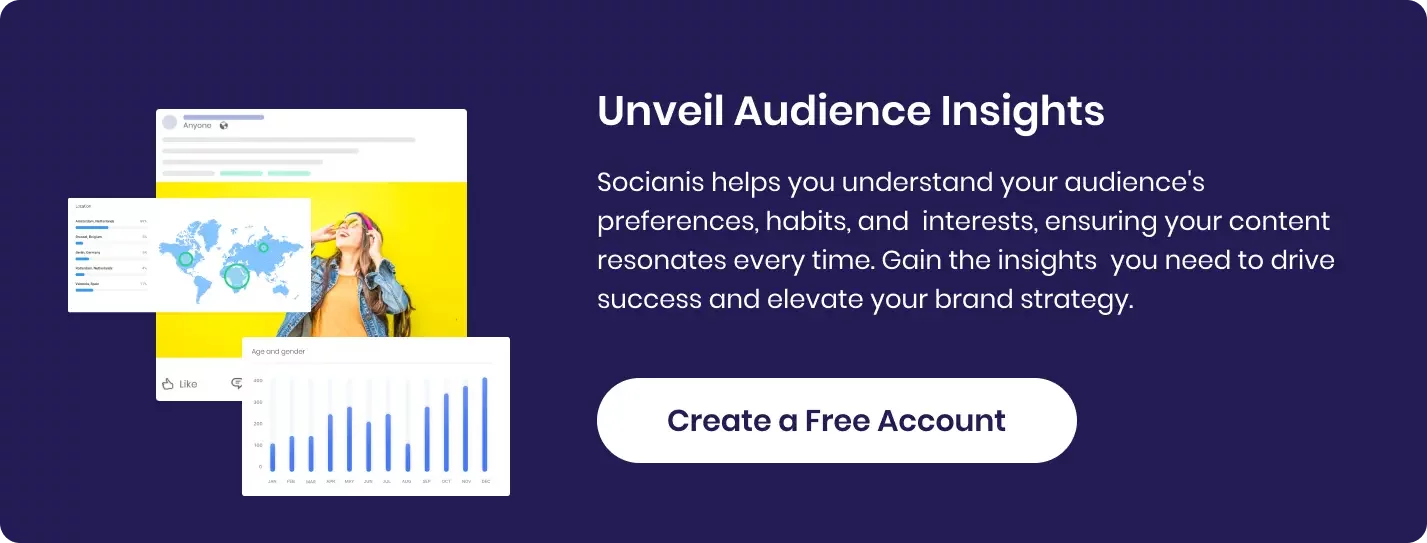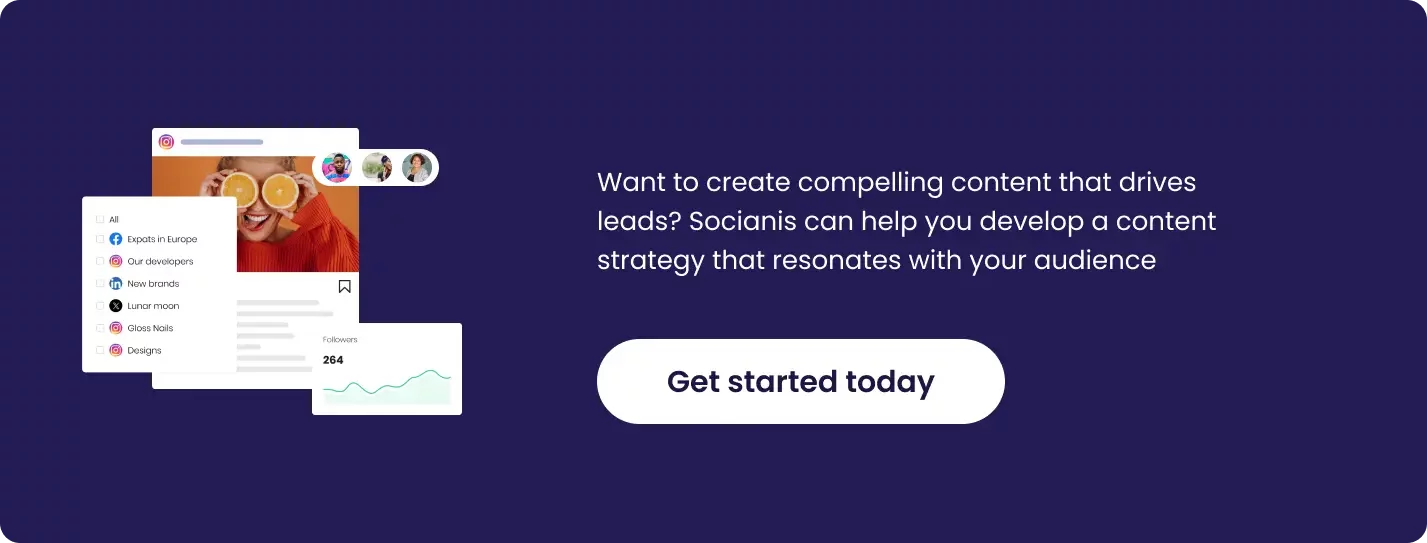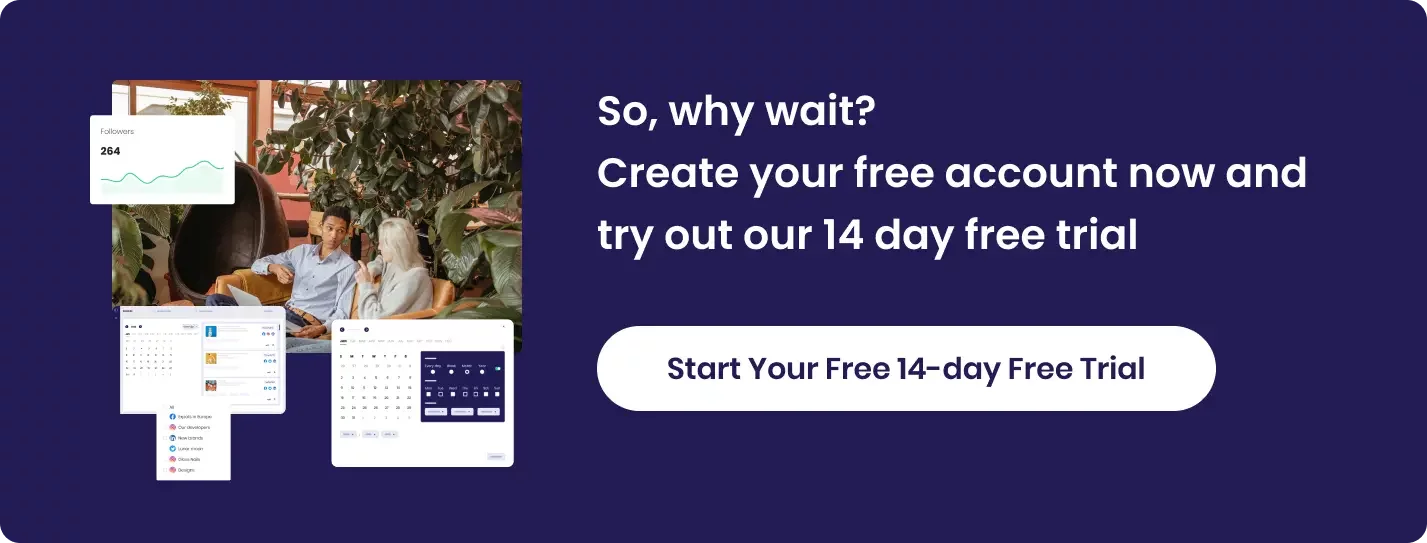Lead Generation What is it And How to Generate Qualified Leads Effectively

Lead Generation What is it And How to Generate Qualified Leads Effectively
Imagine your business as a lush garden. To thrive, it needs a steady supply of fresh, healthy seeds. In the world of marketing, these seeds are qualified leads—individuals who show genuine interest in your products or services and are likely to become loyal customers. Without a consistent influx of these leads, your garden withers, and growth stalls. But with the right strategies, you can cultivate a vibrant, thriving ecosystem that continually brings new opportunities to fruition.
Welcome to the exciting journey of lead generation! This blog post is your guide to mastering the art of attracting and converting strangers into eager prospects who are ready to engage with your brand. Whether you’re a seasoned marketer or just starting, understanding the nuances of lead generation will empower you to drive business growth and achieve remarkable success.
We'll explore why lead generation is the heartbeat of any thriving business, delve into the different types of leads, and uncover proven strategies to attract and nurture them effectively. By the end, you’ll have a toolbox filled with actionable insights and tactics to keep your sales funnel brimming with high-quality leads.
So, roll up your sleeves, grab your gardening tools, and let’s sow the seeds for your business’s future success!
Why Lead Generation is Important
Lead generation is the backbone of any successful marketing strategy. Without a steady stream of leads, businesses can struggle to grow, sustain operations, and achieve their sales goals. Here are a few reasons why lead generation is essential:
- Increased Sales and Revenue: By identifying and nurturing potential customers, businesses can boost their sales and revenue.
- Targeted Marketing: Lead generation allows businesses to focus their marketing efforts on individuals who are more likely to be interested in their products or services, improving the efficiency of marketing campaigns.
- Business Growth: A consistent flow of leads is vital for business growth and expansion. It enables businesses to reach new markets and customer segments.
- Customer Insights: Through lead generation, businesses can gather valuable data about their target audience, helping them to refine their products, services, and marketing strategies.
What is Lead Generation?
Lead generation is the process of attracting and converting strangers into potential customers who show interest in your product or service. This involves using different strategies to identify these potential customers (leads) and guide them through the sales funnel until they are ready to make a purchase. Effective lead generation helps build a steady flow of interested prospects, increasing the chances of making sales and growing your business. By using tactics like content marketing, SEO, social media, and email campaigns, businesses can engage with potential customers and nurture them towards making informed buying decisions.
Types of Leads
Understanding the different types of leads is crucial for tailoring your marketing strategies effectively. Here are the main categories:
-
Cold Leads:
- Description: These are individuals who have shown little to no interest in your product or service. They are often at the top of the sales funnel and require substantial effort to engage and nurture.
- Characteristics: Minimal awareness of your brand, may not have interacted with your content or website, and usually not ready to make a purchase.
- Strategies for Conversion:
- Awareness Campaigns: Use educational content like blog posts, infographics, and social media updates to increase brand awareness.
- Outreach Efforts: Employ cold emailing and cold calling to introduce your brand and offerings.
-
Warm Leads:
- Description: Warm leads have shown some level of interest in your product or service. They might have visited your website, subscribed to your newsletter, or engaged with your content on social media.
- Characteristics: Moderate awareness of your brand, have taken initial steps to learn more about your offerings, and are open to receiving more information.
- Strategies for Conversion:
- Content Marketing: Provide valuable content such as ebooks, whitepapers, and webinars that address their pain points and interests.
- Engagement Campaigns: Use personalized email marketing, retargeting ads, and social media interactions to keep them engaged and move them further down the funnel.
-
Hot Leads:
- Description: Hot leads are individuals who are ready to make a purchase. They have demonstrated a strong interest in your product or service and are close to making a decision.
- Characteristics: High awareness and interest in your brand, have likely engaged in multiple touchpoints such as product demos, pricing inquiries, and detailed content consumption.
- Strategies for Conversion:
- Sales Outreach: Direct contact from sales representatives to address any final questions or concerns and to guide them through the purchase process.
- Incentives: Offer limited-time discounts, free trials, or special offers to encourage immediate action.
- Customer Testimonials and Case Studies: Provide social proof to reassure them about their decision to buy.
-
Qualified Leads:
- Description: These leads have been evaluated and deemed to have a high potential to convert based on specific criteria such as need, budget, and decision-making authority.
- Characteristics: Fit your ideal customer profile, have expressed a clear need for your product or service, and are ready to engage with your sales team.
- Strategies for Conversion:
- Detailed Consultations: Schedule in-depth consultations or demos to tailor your pitch to their specific needs.
- Customized Proposals: Provide personalized solutions and detailed proposals that align with their requirements and budget.
-
Information-Qualified Leads (IQL):
- Description: These leads are in the early stages of the buyer's journey, primarily seeking information and education about solutions to their problems.
- Characteristics: Interested in general information, may have downloaded resources or subscribed to your blog but are not yet considering a purchase.
- Strategies for Conversion:
- Educational Content: Offer detailed guides, how-to articles, and industry reports to build trust and authority.
- Nurturing Campaigns: Use email sequences to provide continuous value and gradually introduce your product or service as a solution.
-
Marketing-Qualified Leads (MQL):
- Description: These leads have interacted with your marketing efforts and have shown enough interest to be considered for further engagement by the sales team.
- Characteristics: Engaged with high-value content, may have attended webinars or downloaded comprehensive resources, and are more likely to be receptive to direct sales contact.
- Strategies for Conversion:
- Targeted Follow-Up: Implement targeted email campaigns and personalized content to address their specific interests.
- Sales Alignment: Ensure close collaboration between marketing and sales teams to transition MQLs smoothly into the sales process.
-
Sales-Qualified Leads (SQL):
- Description: These leads have been vetted by the sales team and are deemed ready for direct sales efforts. They have shown a strong intent to buy and meet the criteria for a potential customer.
- Characteristics: High engagement level, clearly defined needs, and are actively considering purchasing options.
- Strategies for Conversion:
- Personalized Outreach: Conduct one-on-one meetings or calls to provide tailored solutions and address any final concerns.
- Negotiation and Closing: Focus on closing the deal with clear offers, value propositions, and addressing any negotiation points.
By understanding and categorizing your leads, you can apply the most appropriate strategies to nurture them through the sales funnel, ultimately increasing your conversion rates and driving business growth.

Effective Strategies for Generating Qualified Leads
Generating qualified leads requires a combination of inbound and outbound marketing strategies. Here are some proven methods:
1. Content Marketing
Content marketing involves creating and sharing valuable content to attract and engage potential customers. This can include blog posts, ebooks, whitepapers, videos, and infographics.
- Blogs: Regularly updated blogs can attract visitors to your website and convert them into leads by offering valuable information and insights.
- Ebooks and Whitepapers: Offering in-depth resources in exchange for contact information can help generate qualified leads.
- Videos: Engaging video content can capture the attention of potential leads and convey complex information in an easily digestible format.
2. Search Engine Optimization (SEO)
SEO is the practice of optimizing your website and content to rank higher in search engine results pages (SERPs). Higher visibility in search results can drive more organic traffic to your website, resulting in more leads.
- Keyword Research: Identify and target relevant keywords that your potential customers are searching for.
- On-Page SEO: Optimize your website's content, meta tags, and structure to improve search engine rankings.
- Off-Page SEO: Build high-quality backlinks to your website to enhance its authority and ranking.
3. Social Media Marketing
Social media platforms offer a powerful way to connect with potential customers and generate leads.
- Engagement: Actively engage with your audience on social media by responding to comments, sharing relevant content, and participating in discussions.
- Ads: Utilize paid social media advertising to target specific demographics and generate leads.
- Content Sharing: Share valuable content that drives traffic to your website and encourages lead generation.
4. Email Marketing
Email marketing is an effective way to nurture leads and keep your audience engaged.
- Newsletter: Send regular newsletters with valuable content, updates, and offers to keep your audience informed and engaged.
- Lead Nurturing: Develop email sequences that guide leads through the sales funnel, providing them with the information they need to make a purchase decision.
- Personalization: Use personalization techniques to tailor your emails to the interests and needs of individual leads.
5. Landing Pages and Lead Magnets
Landing pages are standalone web pages designed to capture leads by offering something of value in exchange for contact information.
- Lead Magnets: Offer valuable resources such as ebooks, checklists, templates, or webinars to attract leads.
- Optimized Forms: Ensure your lead capture forms are simple, user-friendly, and optimized for conversions.
- A/B Testing: Continuously test different elements of your landing pages to improve their effectiveness.
6. Webinars and Online Events
Hosting webinars and online events can help you generate qualified leads by providing valuable information and engaging with your audience in real time.
- Educational Content: Offer webinars that address common pain points and provide solutions.
- Interactive Sessions: Encourage interaction through Q&A sessions, polls, and discussions.
- Follow-Up: Follow up with attendees after the event to nurture them through the sales funnel.
7. Pay-Per-Click (PPC) Advertising
PPC advertising allows you to reach potential leads through targeted ads on search engines and social media platforms.
- Keyword Targeting: Bid on relevant keywords to display your ads to individuals searching for related products or services.
- Ad Copy: Craft compelling ad copy that encourages clicks and conversions.
- Landing Pages: Direct traffic from your ads to optimized landing pages designed to capture leads.
8. Referral Programs
Referral programs incentivize your existing customers to refer new leads to your business.
- Incentives: Offer rewards such as discounts, free products, or cash incentives for successful referrals.
- Ease of Use: Make it easy for customers to refer others by providing them with referral links and sharing options.
- Tracking: Implement tracking mechanisms to monitor the success of your referral program and reward participants accordingly.

Implementing Lead Generation Strategies
To implement these lead generation strategies effectively, follow these steps:
1. Define Your Target Audience
Understand who your ideal customers are and what their pain points, needs, and preferences are. This will help you tailor your lead generation efforts to attract the right individuals.
2. Create Valuable Content
Develop high-quality content that addresses the needs and interests of your target audience. This content should be informative, engaging, and shareable.
3. Optimize Your Website
Ensure your website is optimized for lead generation. This includes having clear calls-to-action (CTAs), user-friendly navigation, and mobile responsiveness.
4. Utilize Marketing Automation
Leverage marketing automation tools to streamline your lead generation efforts. These tools can help you manage email campaigns, track leads, and analyze data.
5. Monitor and Analyze Results
Regularly monitor and analyze your lead generation efforts to identify what’s working and what’s not. Use analytics tools to track key metrics such as website traffic, conversion rates, and lead quality.
6. Adjust and Improve
Based on your analysis, make necessary adjustments to your strategies to improve their effectiveness. Continuously optimize your lead generation tactics to achieve better results.
Conclusion
Generating qualified leads is essential for the growth and success of any business. By implementing effective lead generation strategies, you can attract and convert potential customers, drive sales, and achieve your business goals. Remember to continuously analyze and optimize your efforts to ensure you are reaching the right audience and generating high-quality leads.
Lead generation is not a one-time effort but an ongoing process that requires consistent attention and adaptation. With the right approach and dedication, you can build a robust pipeline of qualified leads that will sustain and grow your business over time.
By focusing on content marketing, SEO, social media marketing, email marketing, and other strategies discussed in this blog post, you will be well on your way to generating qualified leads effectively. Start implementing these strategies today and watch your business thrive!

